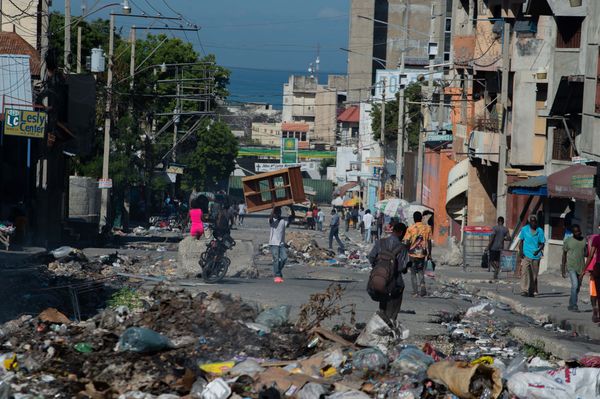
MUMBAI : The financial system will be able to absorb the shock from the Reserve Bank of India’s (RBI’s) decision to supersede the boards of two companies of Srei Group, according to Axis Bank managing director and chief executive officer Amitabh Chaudhry. In an interview, Chaudhry said Axis Bank, one of the lenders to Srei, will be conservative but not averse to growth this year.
With surplus liquidity in the system, banks have been mispricing credit risk by pricing loans at rates below the repo rate. Why do you think this is happening?
Various banks and institutions have pivoted to better quality borrowers, and there is increased demand for funding mid-corporate and small and medium enterprise (SME) borrowers; it is in these segments that we are seeing competitive pricing. Amongst the large corporates, we have seen deleveraging to the extent of ₹2 trillion. So they are sitting on surplus money, or they have limited borrowing requirements, and consequently, pricing is tightening quite a bit in this segment too. We are seeing credit opportunities being bid out too, and we have seen occasions when we are getting outpriced in the market. We have seen something similar on the mortgage side, where lenders believe that this is the least risky of the retail assets to grow in. At Axis Bank, we will not compromise on risk-adjusted return on pricing since we need to protect our NIMs (net interest margins). Hence, when required, we have turned away business opportunities to maintain the balance.
By when do you expect a pick up in corporate credit growth?
You will see us entering the capex cycle in the next 6-12 months. Large corporates continue to deleverage, and working capital utilization levels remain below pre-pandemic levels. We feel private capex has bottomed out; a lot of conversations are happening and should translate to higher credit demand in the next 12 months. And as large corporates start spending, there will be a percolation effect of that in the mid-corporate and SME segments also. Thus, our view is hopefully if there is no third wave, India should see the capex cycle coming back in the next 12 months. Let’s not forget that the government is incentivizing a lot of private investment and will eventually push growth.
Are you going to shed the conservative image now that credit growth is coming back?
As an institution, we have been consistent over the past three years on our GPS strategy (growth, profitability, and sustainability). Being conservative does not mean that we are not growth-focused. Think of us as a crouching tiger. When we see some risk, we are crouching and ensuring we are managing the risk appropriately. At the same time, we are prepared to grab any opportunity that comes our way. We have about a 6% share in advances. We have said we will continue to grow at 500-700 bps (basis points) above the industry growth rate. The large corporate side has pulled down our growth somewhat. On the retail side, we continue to see better disbursements and growth driven by secured products.
Last December, the bank had pegged its exposure to the Srei Group at ₹800 crore. Do you think RBI’s action in the Srei account could have come sooner?
Our exposure is much less to the entire group than what you are quoting. In that sense, we have brought down the exposure over a period of time because we thought it was larger than where we wanted it to be. It is spread across the two non-banking financial companies (NBFCs) and other group companies. RBI is the best judge of what is the best timing. They would be privy to information that we won’t be privy to. I think the financial system is now deep enough to be able to absorb a shock of this nature. It is not a surprise, and this has been a bit of a problem asset for some time. In that sense, I am sure the market will be able to absorb it.
In the case of a third wave, how prepared are the bank and the financial sector?
I do believe that the impact of a third wave is likely to be different in intensity than the first and the second waves. Firstly, widespread vaccination for a large part of the population has helped in a big way. Vaccination has also made it possible to resume human contact, and in contact-intensive sectors like tourism and hospitality, we would see some recoveries. We have also become more resilient and better prepared as a society than what we were during the last wave. SMEs and individuals have been impacted because of lockdowns, and it will take some time to normalize. Large firms are still wary and not necessarily in full investment mode, and it will take some time for capex to come back.







